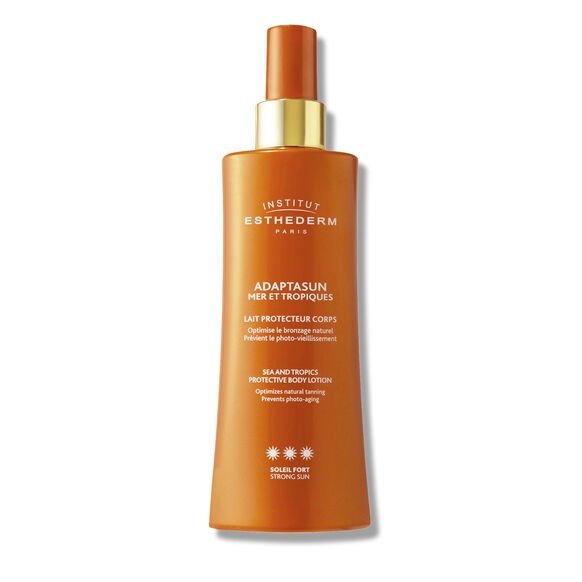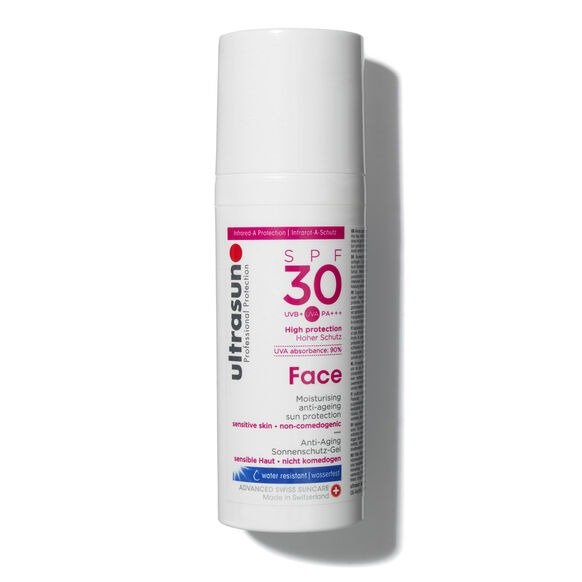All You Need to Know About Sunscreens
Are you looking to buy a sunscreen but don’t know where to start? Sunscreens are a critical part of any individual’s skincare routine. They protect your skin from ultraviolet rays and can help reduce the risk of skin cancer, premature ageing, and other sun-related damage. With so many sunscreen options available on the market, it can be hard to know what is right for you. This article will provide a comprehensive overview of sunscreens, what they can do for you, and the different types available.
Sunscreens are made up of active ingredients that work to protect your skin from ultraviolet (UV) radiation.
Most sunscreens contain UVA and UVB filters, which block out varying wavelengths of light and absorb UV radiation. The active ingredients in a sunscreen all work together to prevent skin damage by absorbing, reflecting and scattering the sun’s rays.
Do I really need to wear SPF every day?
In short, yes. In long, absolutely, without a shadow of a doubt, we completely believe you should wear products with sunscreen every day. There are two reasons for this, one is for vanity’s sake and one is for the sake of your health.
Vanity:
The sun prematurely ages the skin
Symptoms include wrinkling, loss of facial elasticity, and spots
Photodamage happens in the deepest layers of the skin—the dermis—so it can take years before the damage surfaces and becomes visible
Health:
1 in 5 Americans will develop skin cancer by the age of 70
More than 2 people die of skin cancer in the U.S. every hour
Having 5 or more sunburns doubles your risk for melanoma
What are SPF Ratings?
SPF stands for “sun protection factor.” It is a measure of the level of protection that a sunscreen provides against UVB radiation. The higher the SPF rating, the more protection from UVB radiation it offers. Any sunscreen worth paying for should have an SPF rating of at least 15, though higher ratings are recommended — we personally always opt for SPF30 or above. However, doubling your SPF doesn’t necessarily mean double the protection. An SPF of 15 will filter out 93% of the sun’s UVB rays, while those with an SPF 30 will filter out 97%. An SPF 50 will filter out 98% and an SPF 100 blocks 99% of UVB rays.
To calculate the SPF rating, a laboratory test measures how long it takes unprotected skin to burn when exposed to sunlight compared with protected skin that has been covered in sunscreen. For example, if it takes 10 minutes for unprotected skin to burn and 100 minutes for protected skin to burn, the sunscreen will have an SPF rating of 10. It’s important to note that SPF ratings only measure protection from UVB radiation — they don’t measure protection from UVA radiation. For this reason, it is important to look for sunscreens that provide broad-spectrum protection, which means they protect against both UVA and UVB radiation.
It's also important to remember that no matter what SPF level you choose, you will still need to reapply every two hours—or more frequently if you're swimming or sweating heavily.
This one’s for another blog, but there are other sun care rating systems, such as the PA system, which is common in Asia, and brand specific systems, such as Institut Estherderm’s sun scale, which they use because they think SPF ratings are misleading (we kind of agree).
What are the main types of sunscreen?
There are two main types of sunscreens: chemical and physical (also sometimes known as mineral). Chemical sunscreens contain active ingredients that absorb UV radiation such as oxybenzone, octinoxate, homosalate and avobenzone. These ingredients are designed to absorb the sun’s UV radiation and convert it into heat, which is then released from the skin. Although chemical sunscreens provide broad spectrum protection, they can be irritating for some people. They should also be applied 15 minutes before going outside as it takes a bit of time for them to fully absorb and start working. There are two chemical sunscreens we come back to time and again: the SPF version of Kiehl’s Ultra Facial Cream for its versatility that can be enjoyed by almost all skin types, and Institut Esthederm Adaptasun for the body - they’re true innovators in the sun care space (they even invented the SPF test!).
Physical/mineral sunscreens contain minerals such as zinc oxide or titanium dioxide which act as a shield against UV radiation by reflecting light away from your skin. Physical/mineral sunscreens tend to be better for sensitive skin because they don't absorb into the skin like chemical sunscreens do. The main drawback with physical sunscreens is in the texture, they tend to have that more traditional sunscreen feeling and can leave a white cast on the skin. However, brands have really stepped up their game and since 2020 there have been a number of great mineral sunscreens on the market that are just as pleasant to use. We’ve bought Ultrasun over and over for its quick absorption.
How should I apply my sunscreen?
No matter which type of sunscreen you choose, it is important to apply it correctly in order to get the most out of its protection. Sunscreen should be applied generously on all exposed areas of skin, including the face and neck. The American Academy of Dermatology recommends using an ounce (about a shot glass full) of sunscreen for your entire body before going outside. Sunscreen should also be reapplied every two hours or more frequently if you are swimming or sweating heavily. Sunscreen should also be used year-round, even on cloudy days.
With so many options available on the market today, choosing the right sunscreen can seem daunting at first glance but it doesn't have to be. Knowing about SPF ratings and being aware of different types of sunscreen will help you make an informed decision when purchasing one. With the right sunscreen, you can enjoy spending time outdoors while avoiding the risks associated with UV exposure.
TL;DR Sunscreen Tips
Apply sunscreen about 15 to 30 minutes before going outside.
Apply sunscreen generously and evenly to all exposed areas.
Reapply every two hours or more frequently if you are swimming or sweating heavily.
Don’t forget to apply sunscreen to the ears, neck and feet!
Remember that water-resistant sunscreens still need to be reapplied after swimming or sweating.
Make sure to read the label carefully and follow all directions in order to ensure maximum protection from UV rays.
Use sunscreen year-round, even on cloudy days.
Don’t forget to use other sun protection measures such as hats, sunglasses and clothing in addition to sunscreen.
Ultimately, sunscreen is an essential part of any skincare routine and should be used daily to protect your skin from UV radiation. By choosing the right sunscreen for your skin type and applying it correctly, you can help keep your skin safe and healthy while enjoying time outdoors. As with all products, it is important to read the label carefully and follow all directions in order to ensure the best protection from the sun’s rays.


















